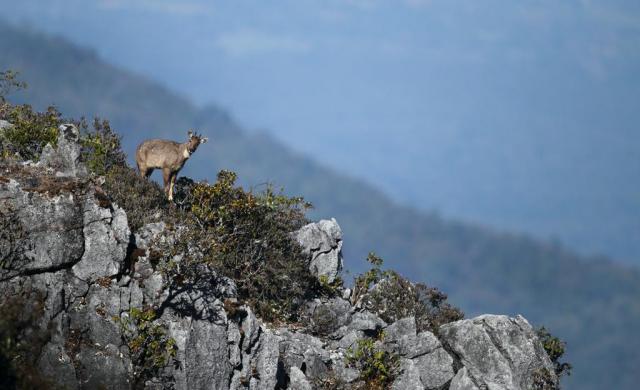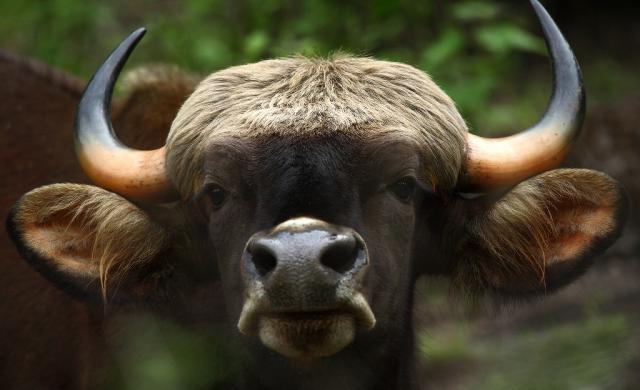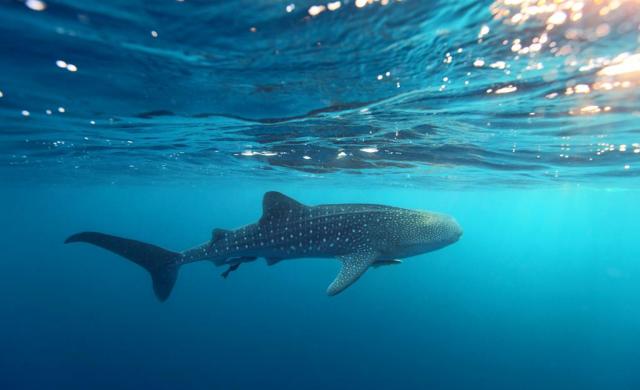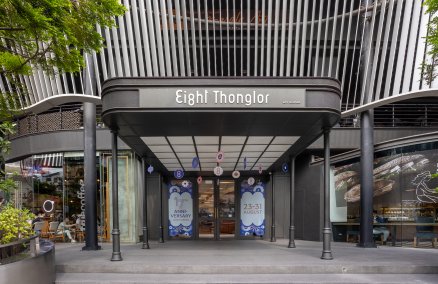The bad photographs I took inspired me. My friends and I went to Tee Loh Tsu waterfall. I had this silly automatic camera, and I was intrigued by how some shots my friend took turned out to be nicer than mine. They revealed many things I wasn’t aware of.
The idea of day-to-day work and occasional karaoke parties didn’t appeal to me. After graduating in mold design and engineering I took a three-month break where I got a chance to travel with Advanced Thailand Geographic magazine. After that I turned down a job offer in the mold design industry to work for the magazine.
I was curious about why photos in foreign magazines looked better than in Thai magazines, even if it was the same topic. I read more magazines and started to learn how photography works, how it delivers a message. Most pictures of flowers in travel magazines were useless with non-descript captions saying nonsense like “One kind of flower during rainy season.”
How much you appreciate nature is completely up to you. Some people walk into a forest and see nothing but dirt and trees, others get a memorable trip.
Everyone knows polar bears, Indian tigers and penguins from watching documentaries. But not Thai animals. I grew up watching Naruk Naroo and wondering why animals in Thailand were never featured. Kids know only the exotic animals in zoos, which is a shame as there are many wonderful animals in this country.
You must be able to use your camera as naturally as you scratch your head. It should be an extension of your body. Then just add knowledge and imagination.
It’s easier to take landscape photos. You can plan it all: a person taking a step to the right when the sun is going down behind a cliff. Within a week, at most a month, you’ll surely get your shot. But the same cannot be done with animals.
You can buy a worm, bury it and wait for your shots. But that’s not my thing. I find joy in capturing life as it happens. Some try to shoot every rare bird for their collection; you’ll never find me doing that.
I turned to wildlife because of one bird. After I took photos of this bird, it became popular among photographers who traveled to the spot. After this, I asked myself, had I affected the life of the bird and decided not to shoot it anymore. With certain species, some popular nests may have 10 photographers camping nearby.
Sitting in a one-square-meter hideout can be tiring. I once stayed in one for nine days and caught nothing at all. It’s like driving all day long: you have to keep your senses alert. Nature never ceases to surprise you.
Why take 1,001 photos from the same angle when you can always take the first shot of something new? Many people go to the same spot to take the same pictures everybody else has taken.
Back when cameras were limited to ISO 100 and a 36-photo roll, you had big decisions to make. You’re on your 30th photo and the sound of the film rolling might chase away the bison. Should you take a shot now or wait until the right moment? Now you switch on silent mode and take 1,000 shots followed by a video, and the bison won’t notice. But quality always trumps quantity for me.
You need to be able to tell the difference between animals by their footprints, understand their behavior and nature. Animals sense us from our smell and little sounds. Their senses are far superior. Sneezing from 100 meters away is enough to scare them off.
Thai forests have been getting better in the past 10 years. Recently we found around 10 more tigers in Mae Wong National Park, which is a huge number. The tiger population in Thailand ranks number two in the world, second only to India. And yet we want to destroy the forest in the name of so-called development.
The Mae Wong dam is destroying nature. We should have learned by now that we must never harm nature. It will only come back to haunt us. This dam won’t solve the flooding problem and may worsen it.
I find it easier to sleep and think amid nature. But I’m not the kind of person who would live for months in the woods either. My first goral [a small, goat-like mammal] series was shot on weekends.
My lifestyle is a big contrast. In the city I go out and drink with friends like everyone else. It’s intriguing, too, that in the city I find it hard to sleep; little noises wake me up at night. In the forest I sleep more soundly and only wake up to loud sounds like a tree branch breaking.
I have a strange habit of always simulating situations in my head and thinking of what I would do. But this helps me stay calm and overcome scary situations when they arise.
Animals don’t want to confront humans. While walking in the forest, I once came across a tiger family. With my stuff packed on my back, I shot them for about two hours, then a squirrel dropped a branch onto my tripod. The mother tiger ran towards me; I made myself big and ran towards her. Then we both ran off in different directions and left each other alone.
Whatever you do, do it to the extreme. It’s not enough to just like it. You have to be crazy about it. With wildlife, I still feel every day that I haven’t reached my limit.
It’s difficult to tell what makes one photographer greater than another; it’s an ongoing debate, like Canon versus Nikon. Photography is subjective and depends on what you like. Some might prefer vivid colour, hyper-reality, but I prefer to keep things natural and real.
Wildlife photography is about integrity. It’s not only about capturing what you saw in order to remember a moment, it’s a means to tell stories to others. It’s an art.



















